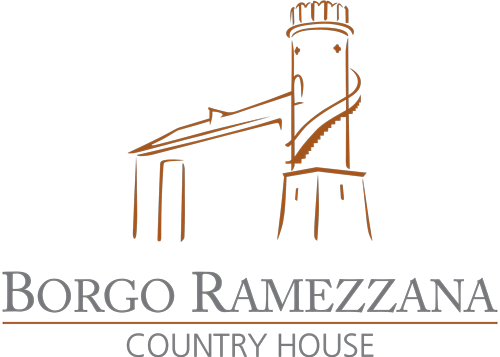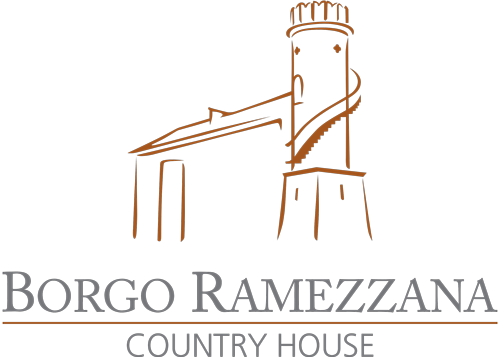





Vercelli area is a geographical area that has been crossed by countless waterways, natural and artificial, since the Middle Ages. However, the most important works carried out by man to control water flows and subject them to his own needs, especially in relation to the widespread cultivation of rice, start only from the second half of the nineteenth century, and were carried out through the aid of cutting-edge criteria, so much so as to guarantee the irrigation of vast rice-growing areas whose productivity still provides a model at a European level.
Camillo Benso, Count of Cavour, played a leading role in the rapid development of irrigation works in Piedmont. He, in fact, convinced that a rich and modern agriculture was the basis of a flourishing industry, after having achieved the leadership of the Government, tried to strengthen the economy and industry of the Kingdom of Sardinia, particularly encouraging the development of agriculture through the introduction of new crops, the abolition of the duty on wheat and the creation of reclamation works and irrigation canals.
The work most linked to the memory of the statesman is the canal that bears his name: the Cavour Canal. It is a canal that originates from the Po river in Chivasso and is fed with the waters of the Dora Baltea; it crosses the Vercelli plain from south-west to north-east.
The Ecomuseo delle Terre d'Acqua is very vast and complex and is located in the Vercelli rice-growing plain delimited by the Po, Sesia and Dora Baltea rivers; it includes fifty-one municipalities. It is a territory characterized, as the name itself suggests, by the presence of a strongly characterizing element of the landscape, culture, traditions and economy: water. The history of this Ecomuseum has its roots in antiquity, or in the Bronze Age; the "Terre d'acqua" project has as its main objective the valorisation and conservation of this territory, in which the cultivation of rice is deeply linked to water. The Ecomuseum therefore seeks to recover tradition and pass on a culture born in the past but still strongly rooted, as well as to enhance the tourist, environmental and historical-cultural features of a rather peculiar environment.